 DS 407 S82 2010A History of India
by
Burton Stein
DS 407 S82 2010A History of India
by
Burton Stein
New Cambridge History of India, Cambridge, UK: Cambridge University Press, 1988-. [ULIB DS 436 N47 1987] This series was published in short, self-contained volumes, each dealing with a separate theme within an overall four-part structure. The University Libraries have the following titles from the series:
India, by Michael Wood. NY: Basic Books, 2007. Covers five thousand years in the history of India, including regions and cultures, architectural and artistic achievements, and insights into some of the historical figures who played a key role in its development. [DS 436 W67 2007]
India: A Global Studies Handbook, by Fritz Blackwell. Ranges from pre-history to modern times.
A History of Modern India, 1480-1950, edited by Claude Markovits. London: Anthem Press, 2004. Comprehensive analysis of India's extensive and diverse history. [DS 457 H513 2004]
India: An Illustrated History, by Prem Kishore and Anuradha Kishore Ganpati. NY: Hippocrene Books, 2003. Easy to read overview of Indian history. [DS 436 K57 2003]
The Rise of India: Its Transformation from Poverty to Prosperity, by Niranjan Rajadhyaksha. Hoboken, NJ: John Wiley & Sons, 2007. This book examines a number of significant factors affecting the Indian economy: demographics, outsourcing, globalization, finance, aspirations and reforms for the poor. [HC 435.3 R35 2007]
